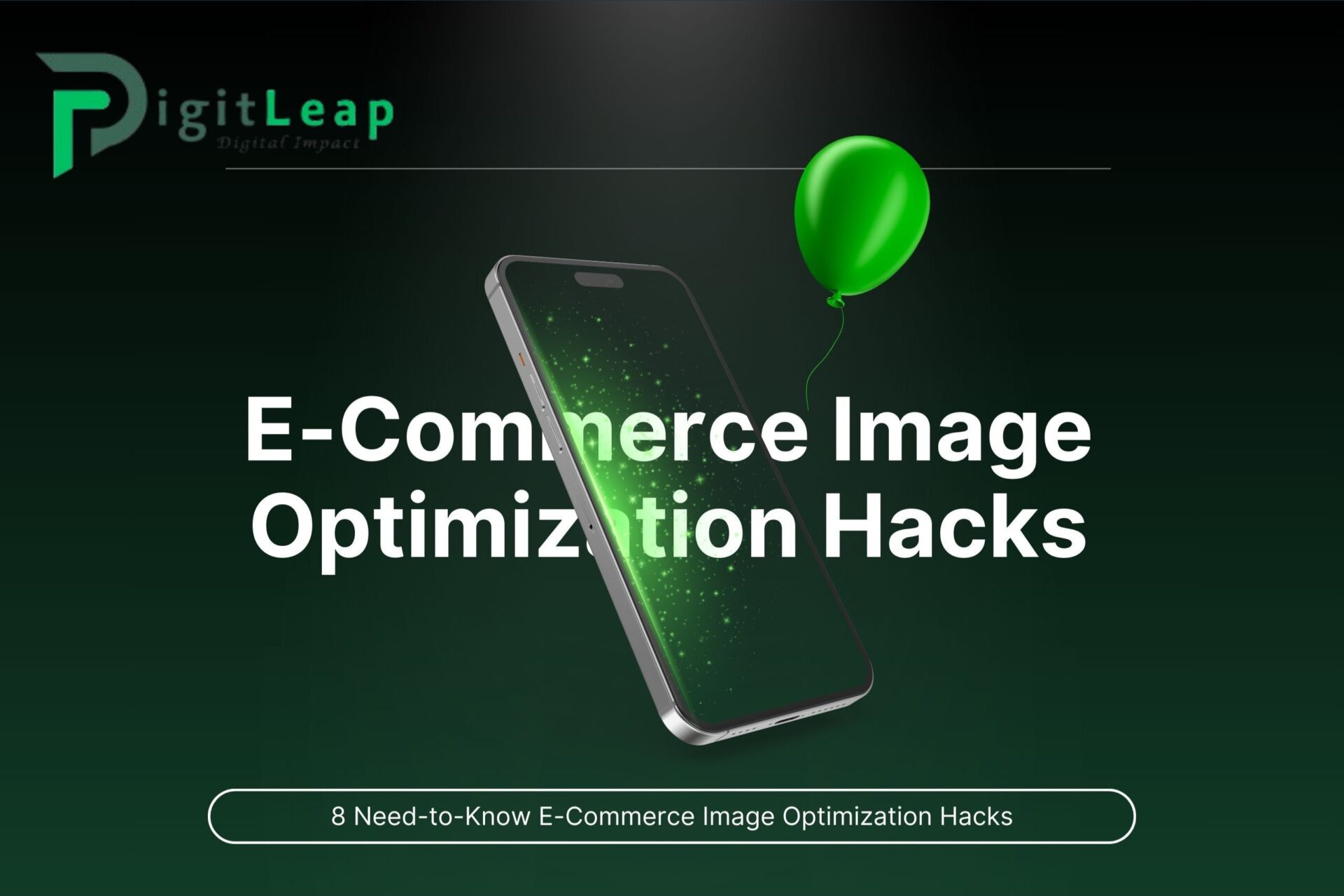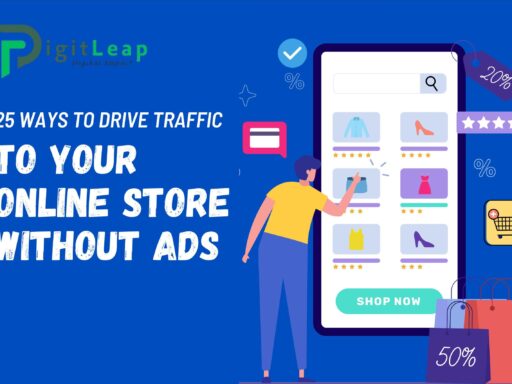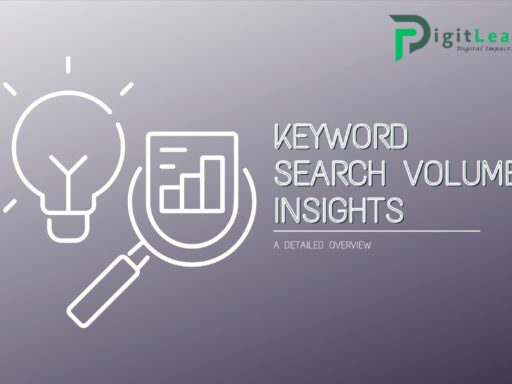8 Need-to-Know E-Commerce Image Optimization Hacks
In the world of e-commerce, images are one of the most important elements of your store. They help your customers visualize the products, create a good first impression, and ultimately influence their purchasing decisions. But simply having great images isn’t enough—you need to ensure they’re optimized for your website. Optimizing images can significantly improve your site’s performance, user experience, and even search engine rankings. Here are eight essential hacks to help you optimize your e-commerce images.
1. Compress Images Without Losing Quality
One of the biggest reasons websites slow down is large image files. High-quality images are necessary, but if they’re too big, they can slow down your site’s loading speed, leading to a poor user experience. Use image compression tools like TinyPNG or JPEG-Optimizer to reduce the file size without compromising quality. This ensures your images look great but don’t weigh down your site’s performance.
2. Choose the Right Image Format
Not all image formats are created equal. For e-commerce websites, using the right format is crucial to balancing quality and file size. Here’s a quick guide:
- JPEG: Best for product images with lots of color. They have smaller file sizes and good quality.
- PNG: Ideal for images that need transparency (like logos). However, PNGs tend to have larger file sizes.
- WebP: A modern image format that offers superior compression while maintaining quality. It’s a great option if supported by your platform.
Choosing the correct format ensures your images load quickly while still looking sharp.
3. Use Descriptive File Names
Many store owners overlook the importance of image file names. Instead of using a generic name like “IMG_1234.jpg,” rename your image files with descriptive keywords related to your product. For example, if you’re selling red sneakers, name the image “red-running-sneakers.jpg.” This helps search engines understand what’s in the image, improving your SEO.
4. Add Alt Text for Better Accessibility and SEO
Alt text (alternative text) is a brief description added to your images, which appears if the image fails to load. But it’s also used by screen readers for visually impaired users, making it a key part of web accessibility. Additionally, alt text helps search engines index your images, so adding relevant keywords can improve your store’s SEO. For example, use something like “Stylish red running sneakers for men” as your alt text instead of leaving it blank.
5. Create a Consistent Image Size and Style
Having uniform image sizes across your site not only looks professional but also improves user experience. Ensure that all your product images have the same dimensions and aspect ratio, so your pages load consistently without awkward resizing or cropping. You can also develop a consistent style (like using the same background or angle) for all product images, which enhances brand identity and makes your store more visually appealing.
6. Use Lazy Loading for Faster Page Speeds
Lazy loading is a technique where images only load when they’re about to be viewed by the user, rather than loading all at once when the page is opened. This is particularly useful for pages with many images, like product galleries, as it significantly speeds up load times. Many e-commerce platforms and plugins offer lazy loading options, making it easy to implement without much technical knowledge.
7. Optimize Thumbnails
Thumbnails are smaller versions of product images often used on category pages or in product galleries. While they might seem insignificant, unoptimized thumbnails can slow down your site, especially if there are many of them. Make sure to compress these images separately and use the appropriate size so they load quickly without sacrificing too much quality.
8. Use a Content Delivery Network (CDN)
A Content Delivery Network (CDN) is a network of servers that stores copies of your images (and other files) and delivers them to users from a location closest to them. This reduces the load time because the images don’t have to travel as far, improving performance for users worldwide. Using a CDN like Cloudflare or Amazon CloudFront can make a big difference in how quickly your e-commerce images load, no matter where your customers are located.
Conclusion
Image optimization is a must if you want to run a fast, user-friendly e-commerce website. By compressing images, choosing the right format, using descriptive file names, adding alt text, and implementing techniques like lazy loading, you’ll not only improve your site’s performance but also enhance the overall shopping experience. Remember, a faster website with optimized images leads to happier customers and better search engine rankings!
FAQs
Q1. Why is image optimization important for e-commerce?
Image optimization improves site speed, enhances user experience, and boosts SEO, all of which can lead to higher conversions.
Q2. How do I choose between JPEG, PNG, and WebP formats?
JPEG is great for product images, PNG is ideal for images requiring transparency, and WebP offers the best compression with quality but may not be supported everywhere.
Q3. Can I compress images without losing quality?
Yes, many tools like TinyPNG and JPEG-Optimizer can reduce file sizes without noticeable loss in image quality.
Q4. What is alt text, and why is it important?
Alt text is a description of an image used by screen readers and search engines. It improves accessibility and can help your SEO when properly optimized.
Q5. How does lazy loading improve my website’s performance?
Lazy loading speeds up your website by only loading images when they’re needed, reducing initial load times and improving user experience.





